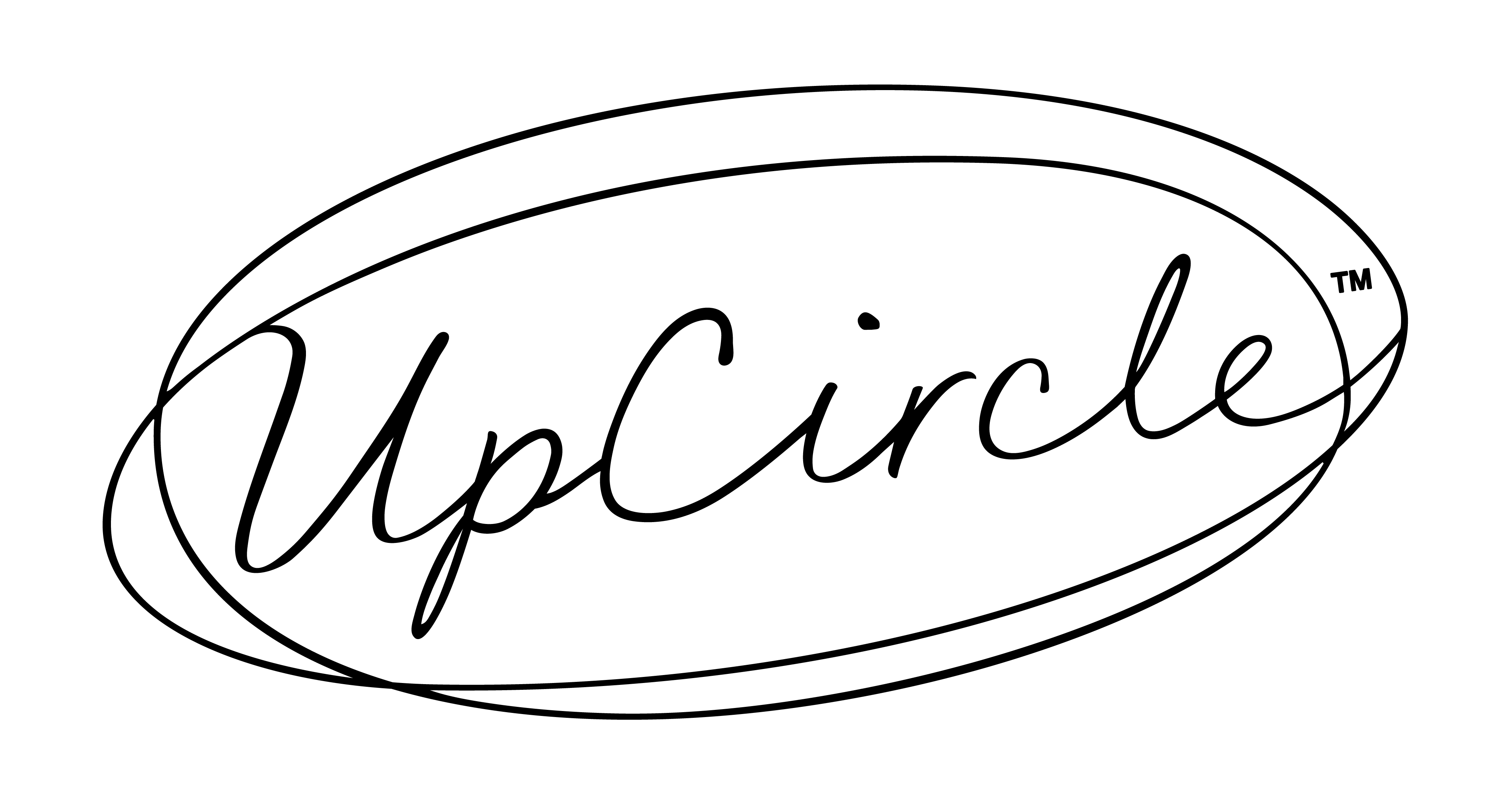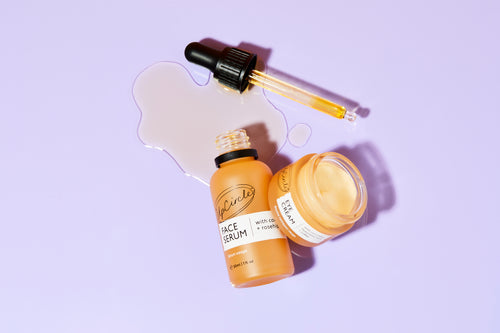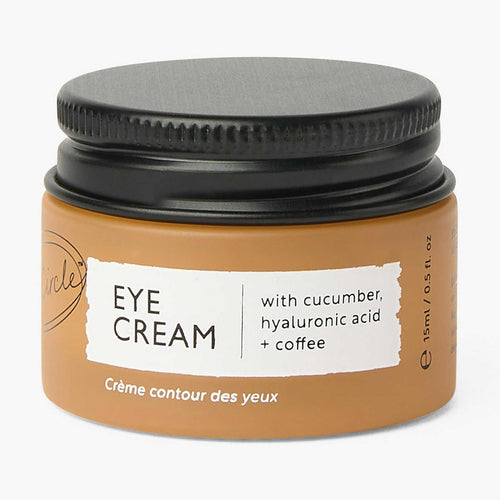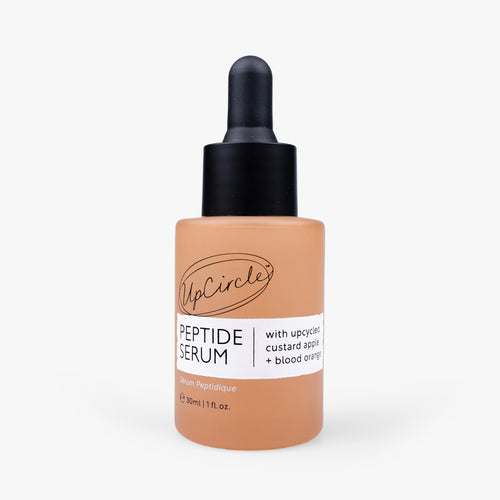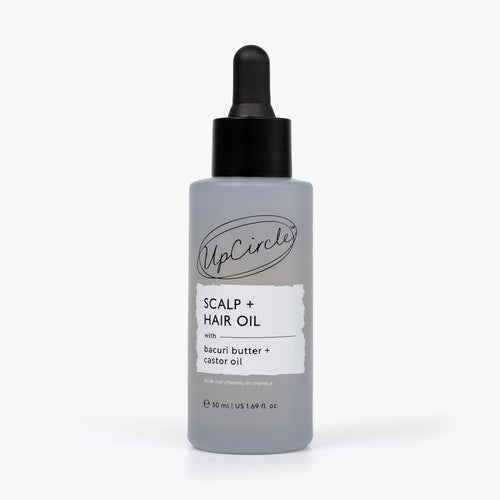For the past few years, skincare has been having a major moment - which is why our skincare routines have almost doubled in size. This isn't a bad thing (because who doesn't want amazing skin) but with more interest comes a lot more information, and it can be a little difficult to keep up with the dos and don'ts.
In this article, we are going to break down the options when it comes to exfoliation to help you feel confident in choosing what is the best form of attack when it comes to scrubbing away the dirt. First things first..Why Do We Exfoliate?
Exfoliation has been around for hundreds of years and credit is commonly given to the Egyptians. Aside from the many benefits, there are two main reasons why we exfoliate. Firstly, this type of deep skin washing removes debris such as dead skin cells, pollution and micro dust or dirt which you can't see. Secondly, it can boost our skins renewal cycle. Science shows that our skin has a renewal cycle which is normally around 28 days. This renewal process slows down as we age, leaving dry or dull skin on the surface of our skin for longer. The build-up of dead skin cells on the outer layer of our skin lacks oxygen and moisture but can be gently removed by exfoliation.

Benefits of Exfoliation
The benefits of exfoliation of skin have been long proven. Exfoliating can help along the skin regeneration cycle revealing the fresh radiant skin underneath. It can remove impurities and prevent the build-up of oil and dirt that cause blackheads or spots. When applying an exfoliator, the circular motion of massaging it in improves microcirculation on the body, face and neck meaning a blood rush to that area and a baby faced glow. Removing dead cells also allows serums, creams and oils deeper penetration into the skin making their effects more powerful. By accelerating the skin renewal process it promotes a youthful appearance and if done routinely it can reduce the appearance of age spots, sun damage and uneven skin tone.
Ways to exfoliate your skin
There are a number of options to reap the benefits of skin exfoliation. It's important to remember that the face and neck are more delicate than the rest of your body so your regime should reflect that. There are 2 types of exfoliation, these are physical and chemical.
Physical Exfoliators
These are abrasive substances usually called scrubs that use ingredients with rough particles to buff or scrub away at the skin such as sugar or coffee. Because these ingredients are natural abrasives you can easily make a DIY physical exfoliator at home with ingredients from your kitchen.
Common natural ingredients used for physical exfoliators:
-Apricot kernels
-Coffee
-Sugar
-Salt
-Almond Shells
-Sand (a reason why our feet feel so soft after a week of frolicking on the beach)

Thankfully, microbeads (tiny balls of plastic) which were once used as a physical exfoliator are very much on the way out. If you're not yet actively avoiding products with them in please, read why you should here.
Manual / Mechanical Exfoliators
Also under the 'physical exfoliators' bracket are mechanical exfoliators. This includes Microdermabrasion treatments that are done by a professional. Also, at home tools such as body brushes, exfoliating stones, sponges, facial brushes and handheld floating devices usually made from silicone. Devices, in particular, are popular because they are efficient for those hard to reach places such as the sides of the nose.
Chemical Exfoliators
These are, as the name suggests, chemically based formulas in skincare products that use acids to dissolve dead skin cells. These work by breaking down the bond that binds dead skin cells together causing them to break up and fall away. Acids used in skin care are usually alpha-hydroxy acids (AHAs) and beta-hydroxy acids (BHAs). Sensitive skin types, in particular, should be careful when using chemical exfoliators. Typically, these products recommend a gradual build-up of usage.
Common Ingredients In Chemical Exfoliators:
Glycolic acid
Lactic acid
Salicylic acid
How often should we exfoliate our skin?
It is said that a deep exfoliation on the face once a week is enough to do the trick of replenishing the skin without doing damage or causing irritation. Other body parts such as arms, feet and legs should be done as and when needed. That said, as with every skincare routine it is completely individual and besides from experimenting to see what works best for you, seeing a dermatologist would help you to decipher how often to exfoliate and which products to use in combination with your routine.

Natural Organic Exfoliators
It's no secret here at UpCircle, when it comes to skincare we choose nature's ingredients over anything else. After we discovered the masses of used coffee grounds being discarded from coffee shops across our home city of London, we knew exactly what to do. Upcycle them! Our sustainable coffee scrubs are made from coffee waste that would have otherwise gone to landfill (yay). Besides being good for the planet, the used coffee grounds we collect have been broken down so they're even better than fresh coffee in terms of their skin healing properties.
Available for face or body, we have created a range of herbal ingredient blends to suit different skincare needs.
